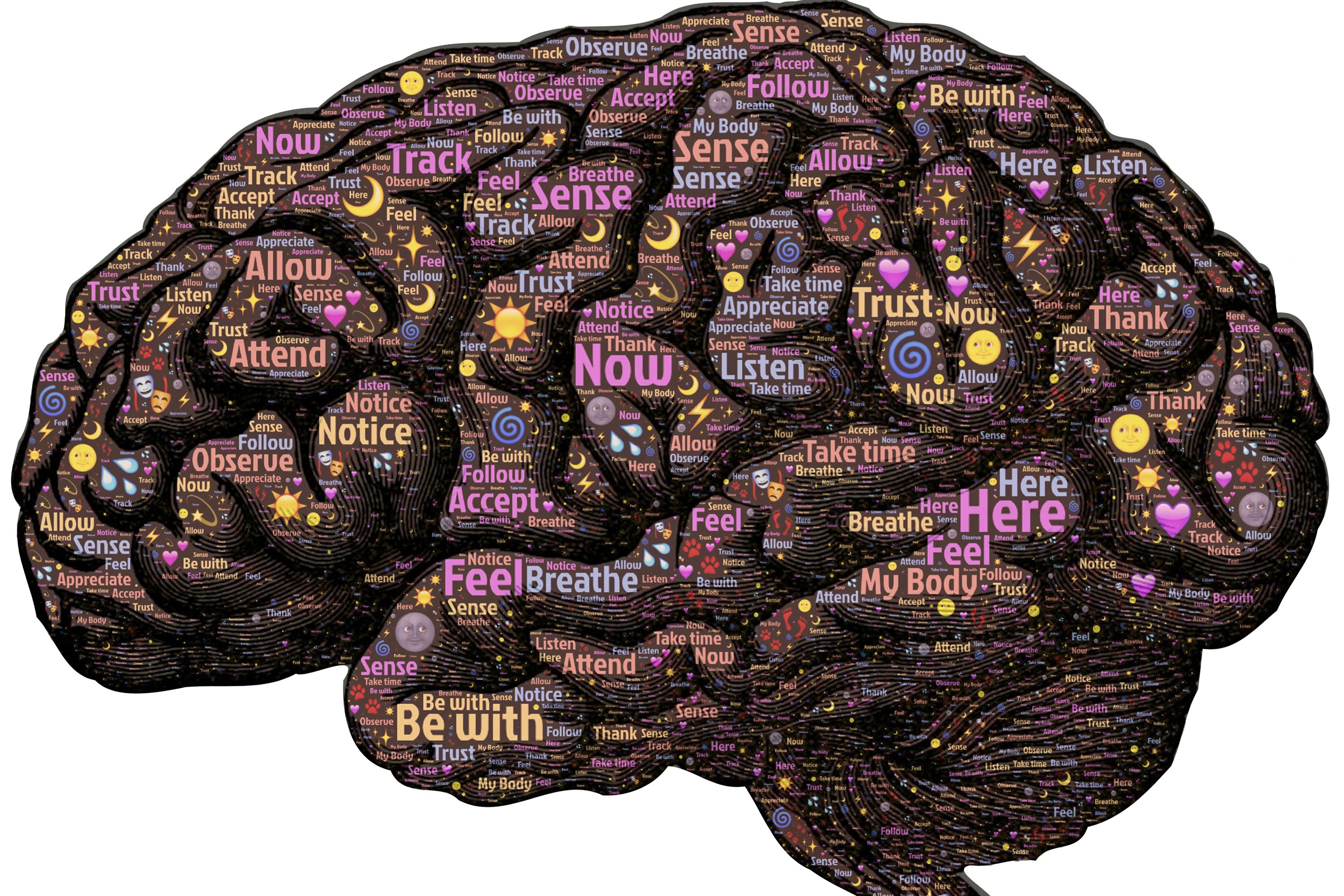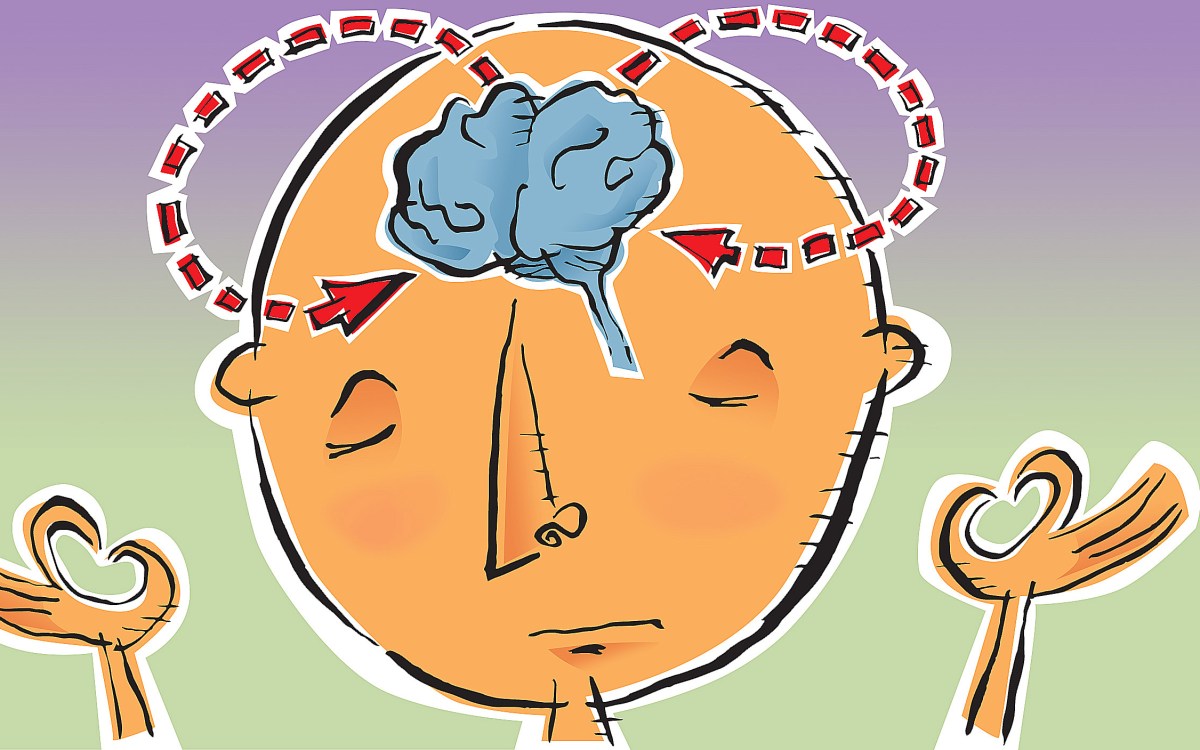
A study shows that both mindful meditation and the relaxation response provide benefits, however, the mindfulness program resulted in further improvements in measures such as self-compassion and rumination.
Credit: pixabay.com
Mindfulness meditation and relaxation response affect brain differently
Study found that each program showed unique patterns of brain activity
A variety of meditation-based programs have been developed in recent years to reduce stress and medical symptoms and to promote wellness. One lingering question is to what extent these programs are similar or different. In a study published in the June issue of Psychosomatic Medicine, a team led by Massachusetts General Hospital (MGH) researchers, in collaboration with members of the two leading mind-body stress-reduction programs, documents the different effects these mind-body practices have in the brain.
There are two widely used meditation-based stress-reduction courses. One is based on “The Relaxation Response” — first described by Herbert Benson, director emeritus of the MGH-based Benson-Henry Institute for Mind Body Medicine — which focuses on eliciting a physiologic state of deep rest, the opposite of the “fight or flight” stress response. The other is Mindfulness-Based Stress Reduction, developed by Jon Kabat-Zinn of the University of Massachusetts Medical School, which emphasizes a particular, nonjudgmental attitude termed “mindfulness” as key to stress reduction. Although both interventions are based on meditation, the scientific philosophies and meditative traditions upon which each is founded are different, and these differences are reflected in the instructions and exercises they teach.
“If the hypotheses proposed by the programs’ creators are in fact correct, they imply that these programs promote wellness through different mechanisms of action,” says Sara Lazar of the MGH Psychiatric Neuroscience Research Program, senior author of the current report and assistant professor of psychology at Harvard Medical School. “Such a finding would suggest that these programs could potentially have different effects on disease.”
“These findings indicate that the programs are working through different neural mechanisms … It is somewhat analogous to weight training versus aerobic exercise — both are beneficial, but each has its unique mechanism and contribution.”
Gunes Sevinc, lead author
To investigate that possibility, healthy adults with high levels of stress were randomized to two eight-week programs. Eighteen completed the relaxation-response program, and 16 completed the mindfulness program. Both programs successfully decreased stress and increased mindfulness in participants. However, the mindfulness program resulted in further improvements in measures such as self-compassion and rumination, clearly indicating that the programs are not the same, Lazar says.
To further understand the similarities and differences between the programs, the team measured brain activity during a meditation technique common to both programs — a body scan, in which attention is moved sequentially throughout the body to develop bodily awareness. While the relaxation-response program instructs participants to deliberately relax each body area as they become aware of it, the mindfulness program just emphasizes mindful awareness and acceptance “without any attempt to change anything.”
Lead author Gunes Sevinc, a research fellow in Lazar’s laboratory says, “By directly comparing the body-scan meditations, which differed only in cognitive strategy, we were able to identify the brain regions that are involved in mediating the common and differential strategies employed by each intervention.”
The results showed that the strength of neural interaction between brain regions associated with present-moment awareness and bodily attention increased during both types of body-scan meditation. But each program also showed unique patterns of brain activity, in line with the different theoretical orientation of each program. The relaxation-response body scan strengthened coupling between neural regions commonly associated with deliberate control, including the inferior frontal gyrus and supplementary motor areas. Conversely, the mindfulness body scan strengthened coupling between neural regions associated with sensory awareness and perception, including the insula and the pregenual anterior cingulate.
“These findings indicate that the programs are working through different neural mechanisms,” says Sevinc. “The relaxation-response program is working more through deliberate control mechanisms, while the mindfulness program is working more through sensory-awareness mechanisms. It is somewhat analogous to weight training versus aerobic exercise — both are beneficial, but each has its unique mechanism and contribution.”
Norman Farb of the University of Toronto Department of Psychology, who was not part of the study, says, “Professor Lazar’s neuroimaging study helps us to better appreciate how these seemingly similar practices differ in important ways. Both practices seem to promote access to neural representations of the body, but they differ in how such representations are structured. This study is important for beginning to inform the public about key differences between conceptually similar therapeutic approaches, which may in turn allow people to make more skillful decisions about which practice might be right for their personal improvement.”
Lazar notes that future studies will be needed to determine whether these neural and psychological differences impact specific diseases in unique ways.
The study was supported by the National Institutes of Health grants R01 AG048351, R21 AT003425, S10 RR019307, and S10 RR023401.








